Third Annual Meeting of the EuroCigua Project
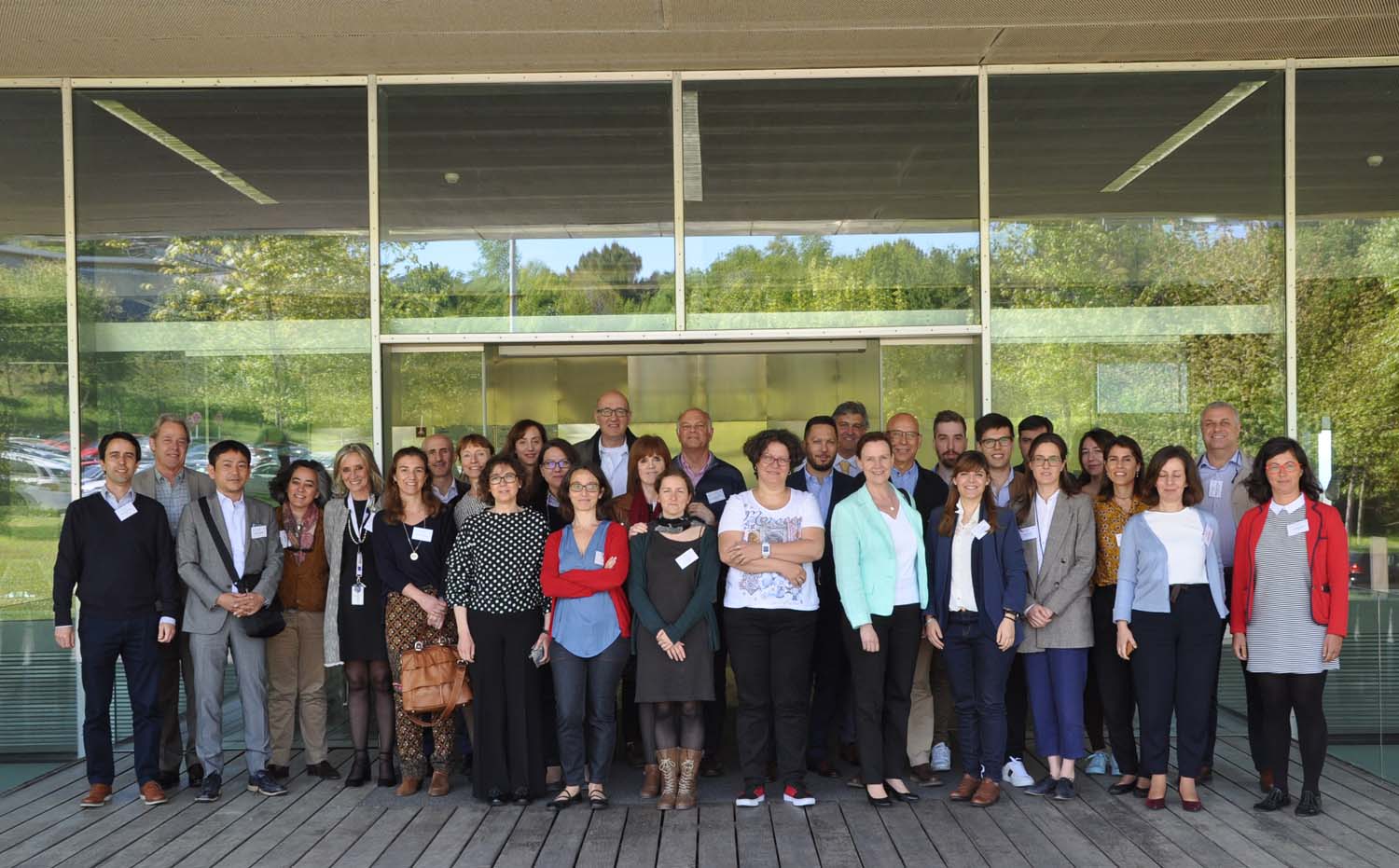
The University of Vigo hosted the Third Annual Meeting of the EuroCigua project at their Science and Technology Park, Lagoas-Marcosende University Campus (CITEXVI), which took place on 10 May 2018 and was attended by all the coordinators and partners of the project.
EuroCigua is a project co-financed by the European Food Safety Authority (EFSA) and coordinated by the Spanish Agency for Consumer Affairs, Food Safety and Nutrition (AECOSAN). The main objective of the project is to determine the prevalence of ciguatera in Europe, together with the epidemiological characteristics of the cases; to assess the presence of ciguatoxins in food and in the environment and, in this way, to characterise the risk, developing methods for the detection of the presence of specimens contaminated by ciguatoxins using chromatographic techniques coupled to mass spectrometry, as well as the development of reference materials for this characterisation.
The Third Annual Meeting of the EuroCigua project, which was organised at the half-way point of the project, had the main objective of monitoring and sharing information about the research carried out by the fourteen European scientific institutions in six Member States (Spain, Portugal, France, Germany, Greece and Cyprus) over the two years of the project for the characterisation of the risk of Ciguatera in Europe.
The meeting was opened with a welcome to all those present, given by Doctor Ana Gago, a professor at the University of Vigo, director of the EU Reference Laboratory for Marine Biotoxins (EURLMB) and coordinator of one of the four specific agreements dedicated to the development of the analytical methodology necessary for the detection, identification and quantification of ciguatoxins in fish as well as Doctor Ana Canals in her role as coordinator of the project and representative from the Spanish Agency for Consumer Affairs, Food Safety and Nutrition (AECOSAN).
Present at this meeting were all the coordinators and most of the partners of the project. Among the coordinators were AECOSAN, the National Epidemiology Centre of the Carlos III Institute for Health (ISCIII), the Institute of Agri-food Research and Technology (IRTA), and the University of Vigo (UVIGO). Among the attending partners, there were representatives from the Canary Isles Health Service, The University Institute of Animal Health and Food Safety - University of Las Palmas de Gran Canaria (IUSA-ULPGC), the Portuguese Food and Economic Safety Authority (ASAE), the Doutor Ricardo Jorge National Health Institute, the Portuguese Institute for the Ocean and the Atmosphere (IPMA), the Forest and Conservation of Nature Institute, IP-RAM, the University of Thessaly, the German Federal Institute for Risk Assessment (BfR), the State General Laboratory of Cyprus, and the University of Thessaloniki. In addition, personnel from the Portuguese Directorate of Research and Fishery Services and the Madeira Natural Park, key collaborators in the project, and from the European Centre for Disease Prevention and Control (ECDC), together with representatives from the European Food Safety Authority (EFSA) and two experts in ciguatoxins from the University of Texas Marine Science Institute (United States) and from the National Institute of Health Sciences in Tokyo (Japan) were present. In addition, a representative from the Subdirectorate-General for Border Health Control attended.
The work carried out to date is going according to plan, the surveillance protocol for ciguatera in Europe has been created; this protocol includes the definition of the Case, a series of recommended measures to prevent ciguatera and minimise the risk of intoxication in risk areas, a list of fish susceptible to being contaminated with ciguatoxins, as well as two specific questionnaires that enable the collection of epidemiological data and that has already been implemented in the official control carried out by the Canary Islands government due to it being an endemic disease in this area. In addition, sampling of microalgae is being carried out in order to isolate ciguatoxin-producing species (CTX) of the genus Fukuyoa and Gambierdiscus in Macaronesia (Canary Islands and Madeira) and in the Mediterranean (Cyprus, Crete and the Balearic Islands) for their morphological assessment and molecular genetics. Thanks to the research related to the project, the presence of Gambierdiscus has been found for the first time in the Western Mediterranean, specifically in the Balearic Islands. As regards the identification and quantification of ciguatoxins, the project has already analysed a great number of fish samples and different analytical procedures have been set up for the identification of the ciguatoxin. The work for the development of reference materials is at an advanced stage. The studies carried out to date show that the Caribbean ciguatoxin and, in particular, C-CTX1, is the main one responsible for the contamination of fish in the Canary Islands and Madeira, it is also possible that there are other similar ones.
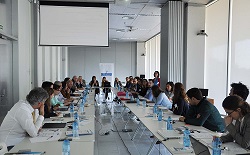 |
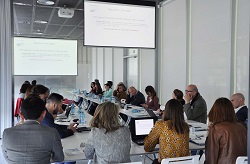 |
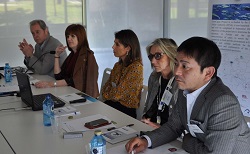 |
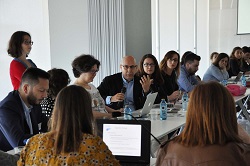 |